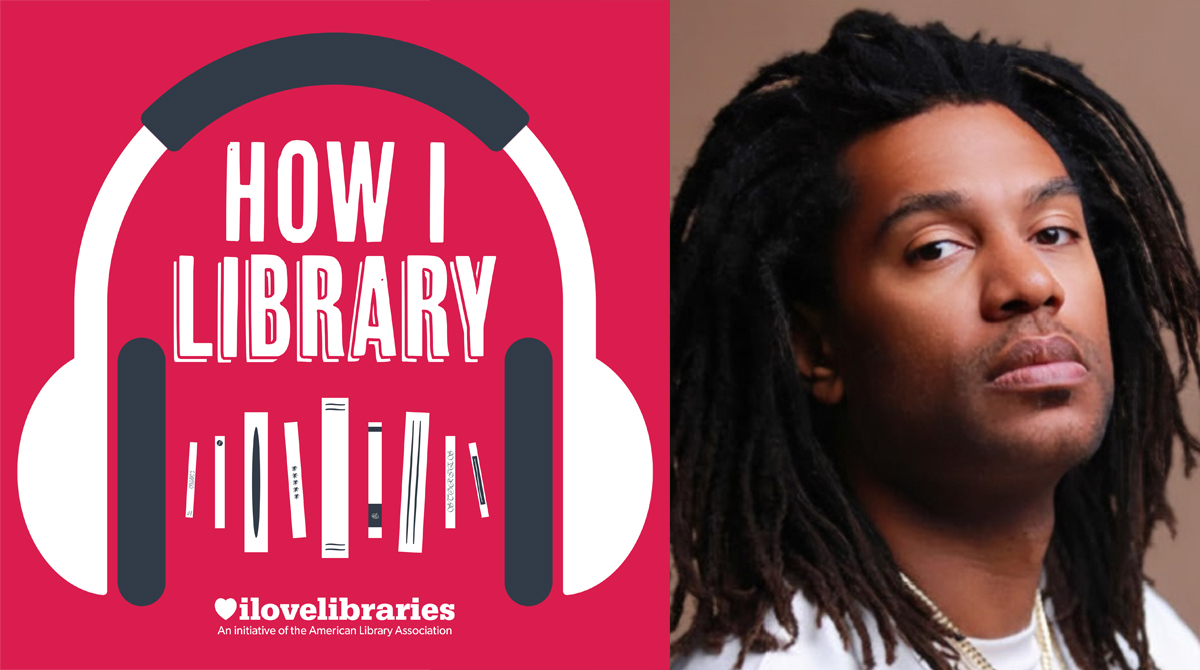As the coronavirus known as COVID-19 continues to spread, schools, colleges, and universities across the country find themselves in an unprecedented position: working to uphold their teaching and research missions while switching entirely to online learning. Libraries are a key resource for educators wondering about the role of copyright in the virtual classroom.
“Libraries have a big role to play both in advocating for the public interest related to copyright, and in being more closely connected to members of the public on a day-to-day basis than lots of the other folks who work on copyright issues,” explains Nancy Sims, Copyright Program Librarian at the University of Minnesota.
With that in mind, Sims and other librarians specializing in copyright have put together a guide for instructors about navigating fair use for remote teaching. In copyright law, fair use refers to circumstances where people can legally use copyrighted works without permission. Fair use can apply to many different situations; historically, courts have often allowed people to use copyrighted materials for educational purposes or to serve the public’s interest.
The statement explains that emergency circumstances like the COVID-19 pandemic prompting a switch to online instruction make a strong case for fair use of copyrighted material. During a remote class, instructors may need to stream a documentary film in their online classroom, or a school librarian might read a children’s book aloud during a virtual storytime. From a copyright perspective, sharing content like this online is different from doing so in-person, but librarians urge educators not to let copyright fears derail their teaching.
Here are some of librarians’ top tips for how educators can fairly use copyrighted materials during online teaching:
- Be thoughtful about how much you copy. For example, if you’re showing online students a scene from a movie, it’s better to share just the relevant clip rather than the entire film.
- Do your due diligence. Double-check to see if you can find a licensed alternative before sharing licensed materials, but there’s no need to go overboard. “Lack of time to check for licenses should not be a barrier to meeting the needs of our communities,” the statement urges.
- Limit the spread of copyrighted materials. Make sure any materials you share are available only to enrolled students and teaching assistants, and that they are only accessible during the time period when they’re needed.
- Be extra careful about sharing from DVDs or other resources that may be protected by digital rights management. The Digital Millennium Copyright Act (DMCA) makes hacking of DRM a further violation of the law. Librarians recommend using fully-licensed streaming services whenever possible.
“The number one takeaway is for educators to feel confident using fair use,” says Kyle Courtney, Copyright Advisor for Harvard University and another author of the guide. “Let’s utilize technology and fair use to enhance access to materials needed for our communities!”
For more detailed information about fair use for remote teaching, read the full Public Statement of Library Copyright Specialists: Fair Use & Emergency Remote Teaching & Research. Resources for finding openly-licensed educational materials are available from Library of Congress, Internet Archive, We Are Teachers, and Scholastic’s Learn at Home website. If you have specific questions about using copyrighted material in an online classroom or how to find open access alternatives, contact your institution’s library.




